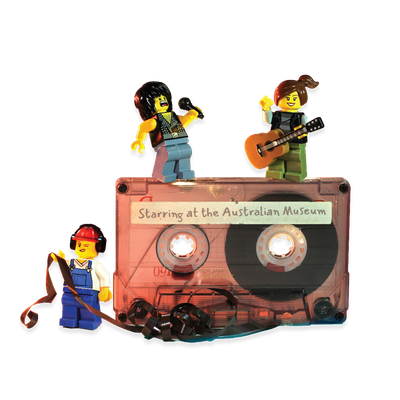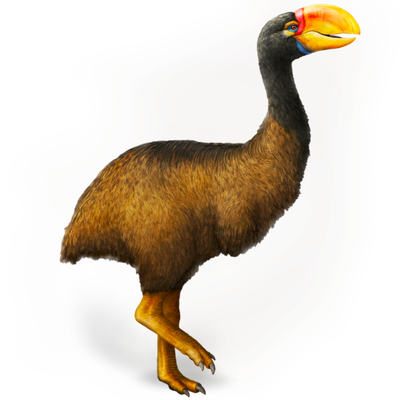Your search returned 46 results
By Page Type
By Tag
- All
- fish (966)
- blog (696)
- fishes of sydney harbour (401)
- First Nations (299)
- Blog (236)
- AMRI (169)
- archives (164)
- Eureka Prizes (146)
- Aboriginal and Torres Strait Islander (135)
- insect (126)
- Ichthyology (124)
- geoscience (109)
- minerals (102)
- climate change (100)
- podcast (94)
- Fish (91)
- Anthropology (89)
- International collections (80)
- Minerals Gallery (78)
- wildlife of sydney (78)
- Labridae (77)
- frog (74)
- gemstone (70)
- history (64)
- photography (64)
- Mollusca (60)
- gem (59)
- staff (59)
- Birds (56)
- Gems (56)
- Indonesia (56)
- education (56)
- shark (55)
- AMplify (54)
- people (53)
- earth sciences (50)
- past exhibitions (50)
- exhibition (49)
- Gobiidae (48)
- sustainability (46)
- Pomacentridae (45)
- Serranidae (44)
- lifelong learning (42)
- science (42)
- Earth and Environmental Science (41)
- Syngnathidae (41)
- Ancient Egypt (40)
- Bali (40)
- bird (40)
- dangerous australians (40)
-
Bar-shouldered Dove
https://australian.museum/learn/animals/birds/bar-shouldered-dove/The Bar-shouldered Dove is the common street-bird in Darwin and Cairns and its calls are a well-known part of urban life.
-
Tawny Frogmouth
https://australian.museum/learn/animals/birds/tawny-frogmouth/With their nocturnal habit and owl-like appearance, Tawny Frogmouths are often confused with owls, but are actually more closely related to the nightjars. Their feet are weak however, and lack the curved talons of owls.
-
Modern birds
https://australian.museum/learn/animals/birds/modern-birds/It is clear to us today what is a bird and what is not - as feathers make it difficult to confuse them with any other living animal. Many other features – such as wishbones and specialised joints in the wings – are also unique. We place birds in a major group called Aves.
-
Miner stocks continue to rise, closing out small consumers
https://australian.museum/learn/news/blog/amri-miner-stocks-continue-to-rise/A large-scale research collaboration has discovered why the native Noisy Miner now dominates bird communities in eastern Australia.
-
Fowl Play: Raising chickens a human right or health risk?
https://australian.museum/learn/news/blog/fowl-play-raising-chickens-a-human-right-or-health-risk/Is raising chooks a basic human right or a potential health and sanitation risk? Should raising chickens in cities be permitted or not?
-
Birds conversation starters
https://australian.museum/learn/teachers/learning/cs-birds/Have you ever danced like a bird? Use our Birds conversation starters for fun suggestions and prompts for how to engage with this exhibition.
-
Discover more
2025 Australian Geographic Nature Photographer of the Year
Special exhibition
Free entry
Now open -
Discover more
Unfinished Business
Special exhibition
Free entry
Now open -
Find out more
Surviving Australia
Permanent exhibition
Free entry
Now open![]()
-
Find out more
Burra
Permanent kids learning space
Free entry
10am - 4.30pm![]()
-
Discover more
Minerals
Permanent exhibition
Free entry
Open daily![]()





